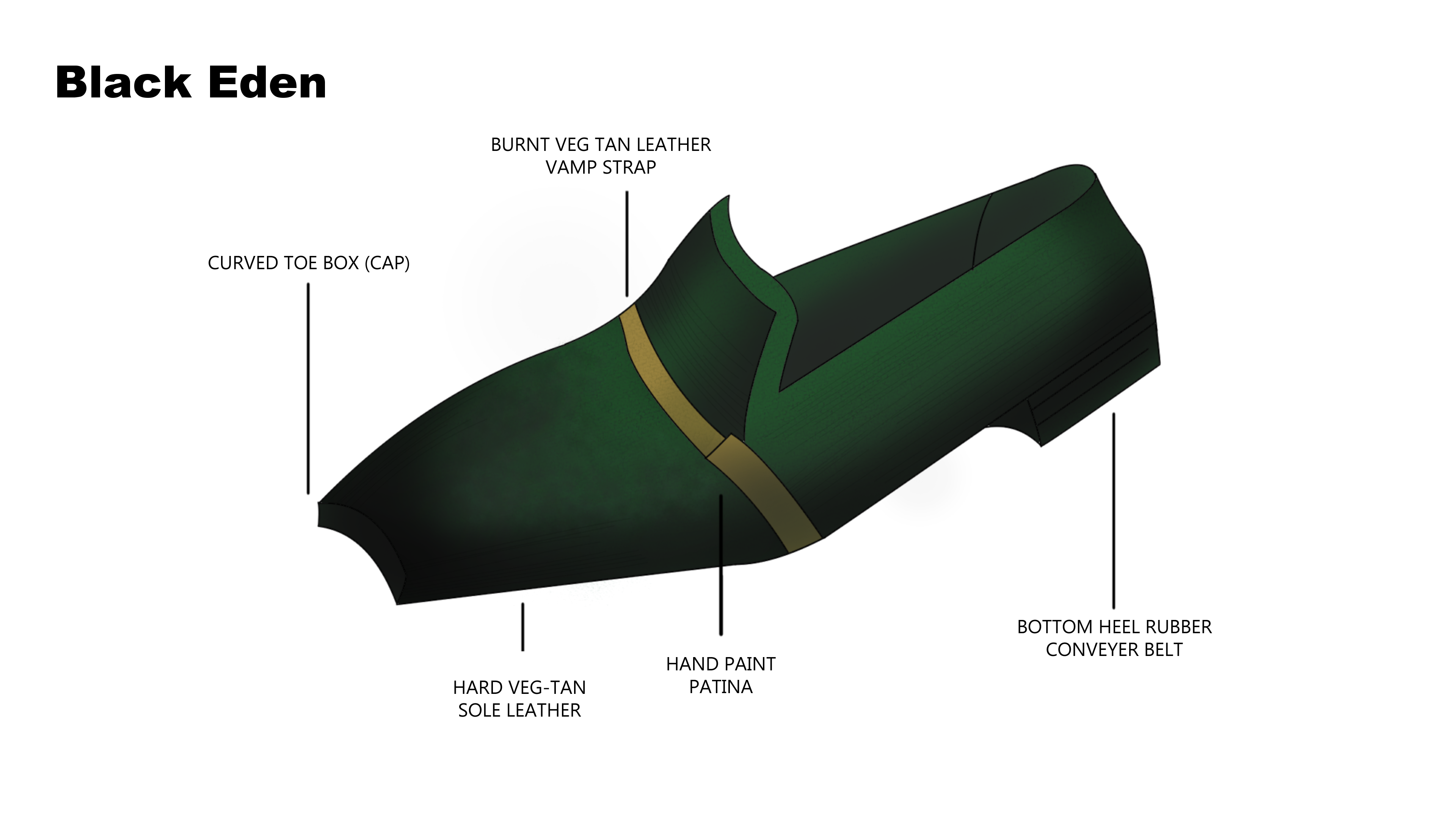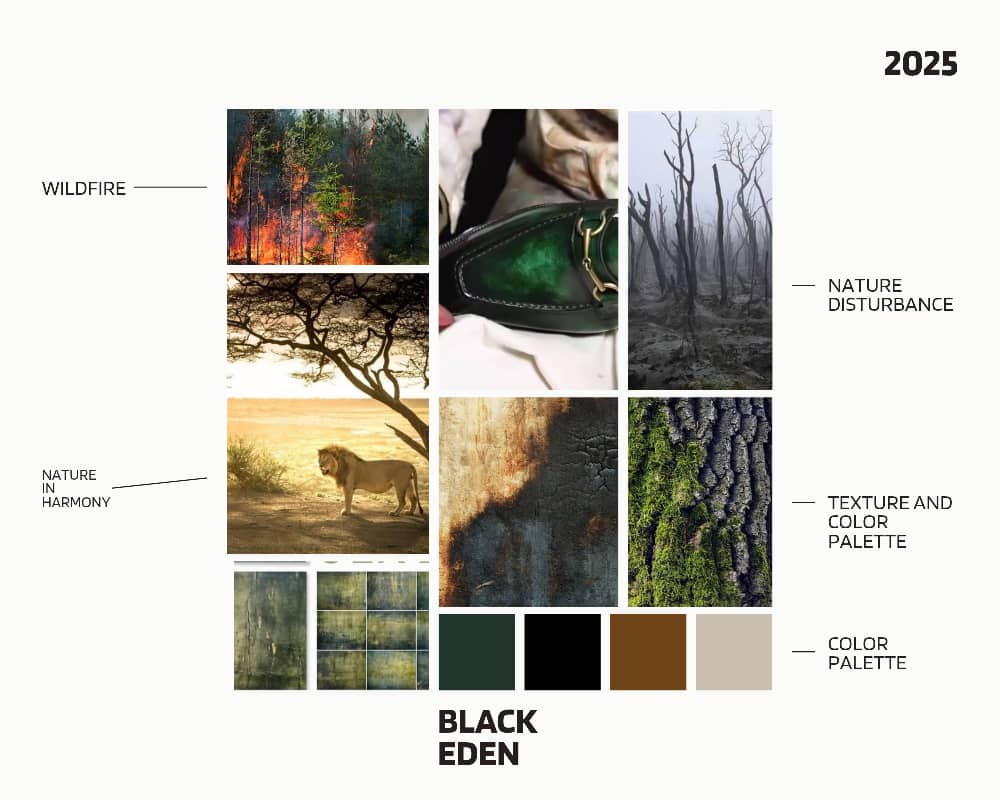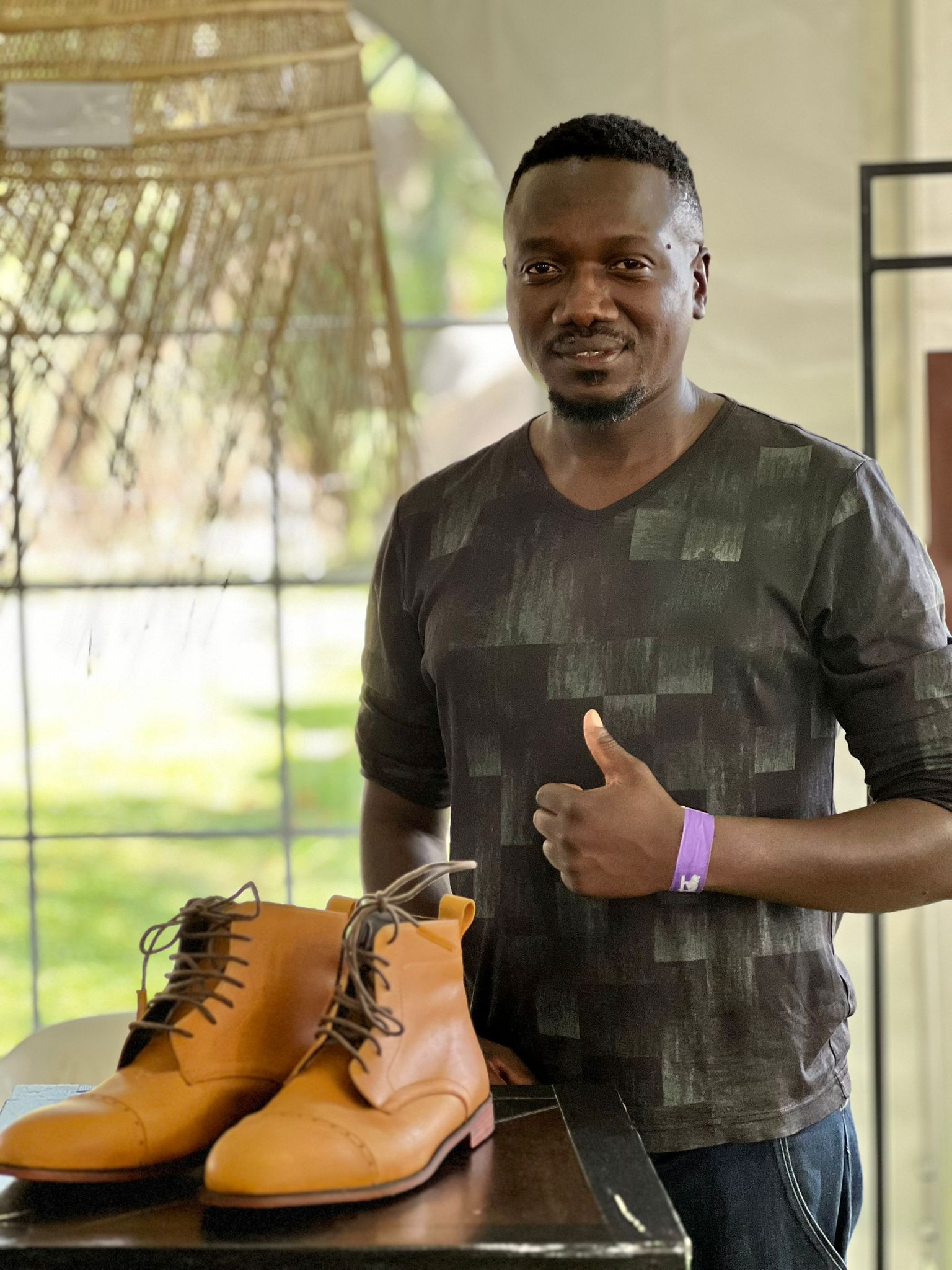BLACK EDEN
Category: Footwear
BLACK EDEN In the heart of Southern Africa during searing dry season, the earth cries out.The rivers thin, the soil cries out and the skies haze with smoke from fires. Some natural, others born of human neglect. Nature once bountiful is now on edge. But amid the ash and dust, something stirs, Black Eden is reawakening - a journey through a region scorched by environmental crisis, yet still beating with ancestral wisdom and resilience. Black Eden represents the fragile beauty of Southern Africa natural heritage - once lush, now threatened by fire, deforestation and climate change. It's a call to remember the balance once held between humans and the land and to restore it. WILD FIRES The scorching of Eden, wildfires in Southern Africa countries are often intensified by shifting weather patterns and human activities like slush and burn agriculture. DEFORESTATION The fall of Eden unsustainable logging charcoal production and agriculture are eroding forests leading to biodiversity loss and drier ecosystems that fuels fires. CLIMATE CHANGE Rising temperatures and unpredictable rainfull patterns make the region more fire prone. Droughts dry the land, winds spread the flames. BLACK EDEN METAPHORS 1. Inward curved toe cap (tip) It deviates from the natural shape of most footwear denotes how climate change distorts natural systems. The curve represent strong winds that spread wild fire - People might even ask why the toe cap is curved? That's curiosity can open a conversation about how everything is being bent out of shape by climate change. - Individuality: The curve asymmetry and form resists the templated sameness of fast fashion products. 2. Vamp strap/Saddle The burn vegtan leather on the vamp strap represents the scars left by climate change, heatwaves, wildfires and ecosystems collapse. It literally and figuratively shows how the Earth is being burned by unsustainable practices. 3. Hand paint patina The toe cap is painted dark charcoal to evoke scorched earth, transitioning into lush textures or green accents towards the mid-foot and to represent rebirth. 4. Bottom Heel rubber The bottom is a rubber that comes from Zambian copper mines. I repurposed the bottom rubber from discarded mining conveyers belts transforming industrial waste into a functional foundation.



 Copy URL
Copy URL
 Login to Like
Login to Like 